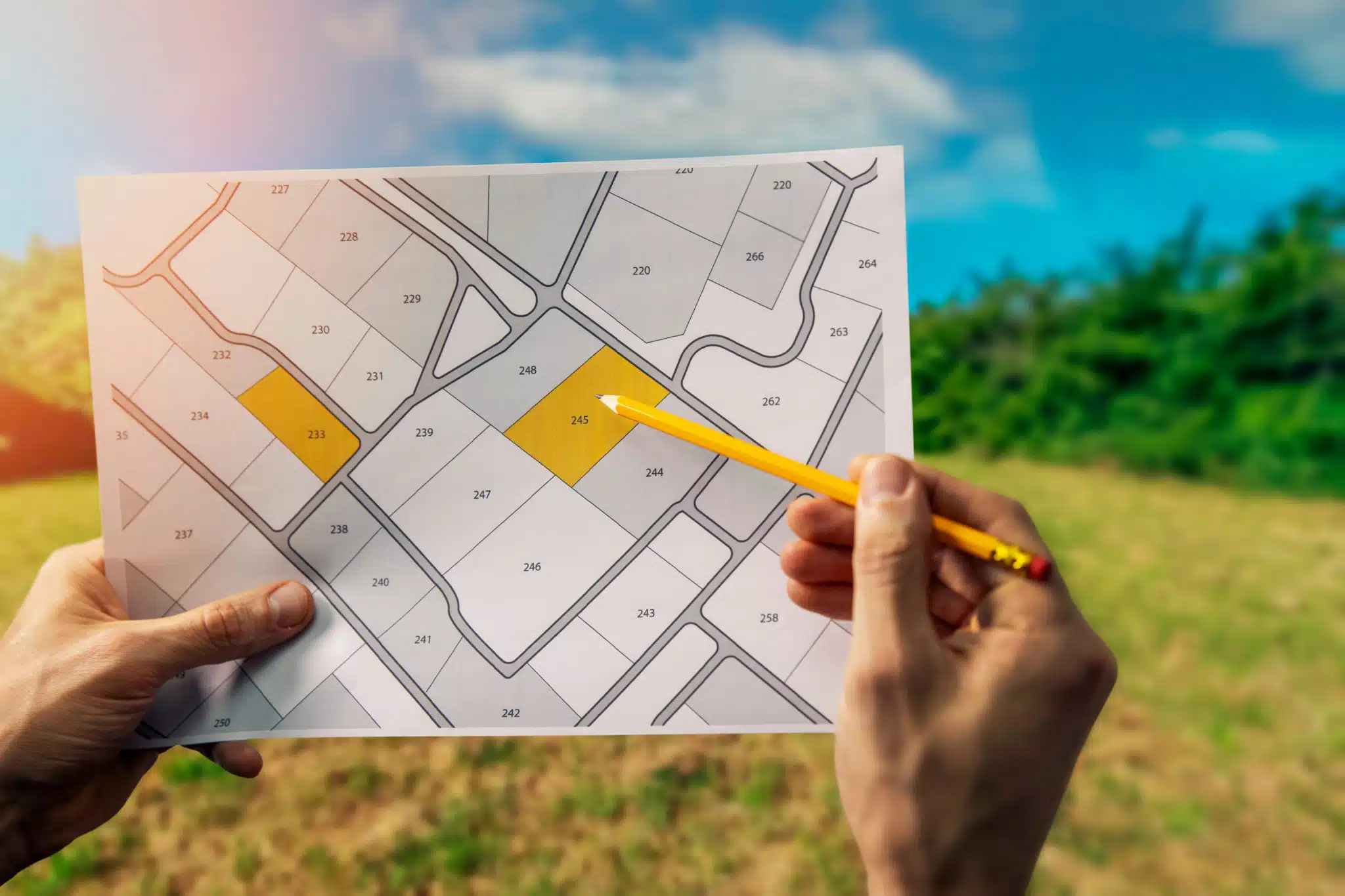When starting a custom home project, many people focus on design, materials, and energy efficiency. While these factors are essential, the most critical decision happens before any plans are drawn—choosing the right lot. This foundational choice can determine whether the project runs smoothly or leads to unexpected costs, delays, and compromises in design.
At Pythagore Construction, we specialize in building homes that are durable, sustainable, and energy-efficient. Drawing from our extensive experience, we’ve outlined the importance of picking the right lot and provided practical tips for making a smart decision that aligns with your budget, timeline, and long-term goals.
📍 Why Lot Selection Matters
1. Impacts Design, Functionality, and Comfort
The size, shape, slope, and natural features of your lot directly affect your home’s design possibilities. A sloped lot might allow for a walk-out basement, while a narrow space could require creative layouts to maximize available space. The lot’s orientation also influences sunlight exposure, airflow, and privacy.
2. Hidden Site Challenges Can Drive Up Costs
Some lots come with hidden issues such as soil contamination, poor drainage, unstable ground conditions, or underground utilities. These challenges can lead to additional preparation work, raising costs and causing delays. Building on rocky soil, flood-prone land, or uneven terrain often requires expensive earthwork – especially if the land’s elevation is lower than the road, which adds significant material and labor costs.
3. Zoning, Septic Systems, and Soil Stability
Local zoning laws determine what can be built on the property and set limits on how close structures can be to the lot’s boundaries. If your lot requires a septic system, a soil analysis and percolation test (or “perc test”) will confirm whether the ground drains properly. This test not only determines whether the site is suitable for a septic system but also influences the type and complexity of the system needed. Poor drainage results may require importing more porous materials or installing engineered systems, both of which can significantly increase costs.
Stability is equally critical – investing in a geotechnical report ensures your foundation sits on strong, undisturbed ground. Ignoring this step could lead to serious consequences down the line, including structural issues or costly foundation repairs. Don’t underestimate the long-term value of solid ground beneath your feet.
4. Utilities, Wells, and Off-Grid Solutions
In rural areas, limited utility access can drive up both short- and long-term costs. Without access to power, water, or internet, off-grid systems become necessary, impacting both your budget and quality of life. 🌐 Starlink offers high-speed internet at around $140/month. ☀️ If connecting to the power grid isn’t feasible, a solar system with battery backup could cost between $30,000 and $60,000. 💧 For water, drilling a well becomes necessary, with costs rising for deeper water tables and additional expenses for water quality testing.
5. Land Surveys and Legal Boundaries
If no recent survey exists, commissioning one is crucial to avoid legal disputes. A professional survey confirms property boundaries and ensures your construction stays within legal limits. Without this safeguard, you risk legal conflicts, costly modifications, or fines.
📝 Tips for Choosing the Best Lot
1. Consider Location and Community Factors
Start by assessing the location and surrounding community. 🏫 Proximity to schools, 🏥 hospitals, 🛍️ shopping centers, and 🏢 workplaces should factor into your decision. Future infrastructure projects, like new roads or public transit expansions, could increase your property’s value. Zoning changes may also impact your flexibility.
2. Evaluate Topography and Drainage
Use tools like GeoNB 🗺️ to identify flood-prone areas, elevation changes, and other environmental risks. Discuss potential drainage concerns with local authorities or neighbors. Lots situated below the road level often require extensive grading, which adds significant cost.
3. Invest in a Professional Soil Test
Hiring a geotechnical engineer to conduct a soil test (typically costing between $1,000 and $3,000) ensures the ground is stable enough to support a home. Overlooking soil quality could result in foundation issues or structural repairs later.
4. Understand Septic and Well Requirements
Lots without municipal services require careful planning. A soil analysis determines if the ground can support a septic system. If not, importing suitable materials adds cost. Likewise, drilling a well can be expensive depending on water table depth. Always test water quality before finalizing plans.
5. Don’t Cut Corners During Planning
Skipping steps like surveys or soil testing to save money can backfire. For example, one homeowner who skipped a soil test later discovered the ground was unstable, requiring costly reinforcements and delaying the project. Thorough planning helps avoid these issues and ensures your project stays on track.
🏆 Conclusion
Choosing the right lot is one of the most important decisions in a custom home project. Every factor – from elevation and soil quality to access to utilities – impacts your costs, timeline, and the long-term value of your home. At Pythagore Construction, we build homes that are durable, sustainable, and energy-efficient while helping you make informed decisions from day one.
💡 Plan smart from the start – your future home will thank you for it.
📞 Ready to settle on your land? Ask us about our pre-construction package – we handle the paperwork, testing, surveys, design, and research for a seamless, stress-free experience from start to finish. Click HERE to contact us today for all your custom home building questions. We’re here to help you every step of the way and ensure your project is a success.


